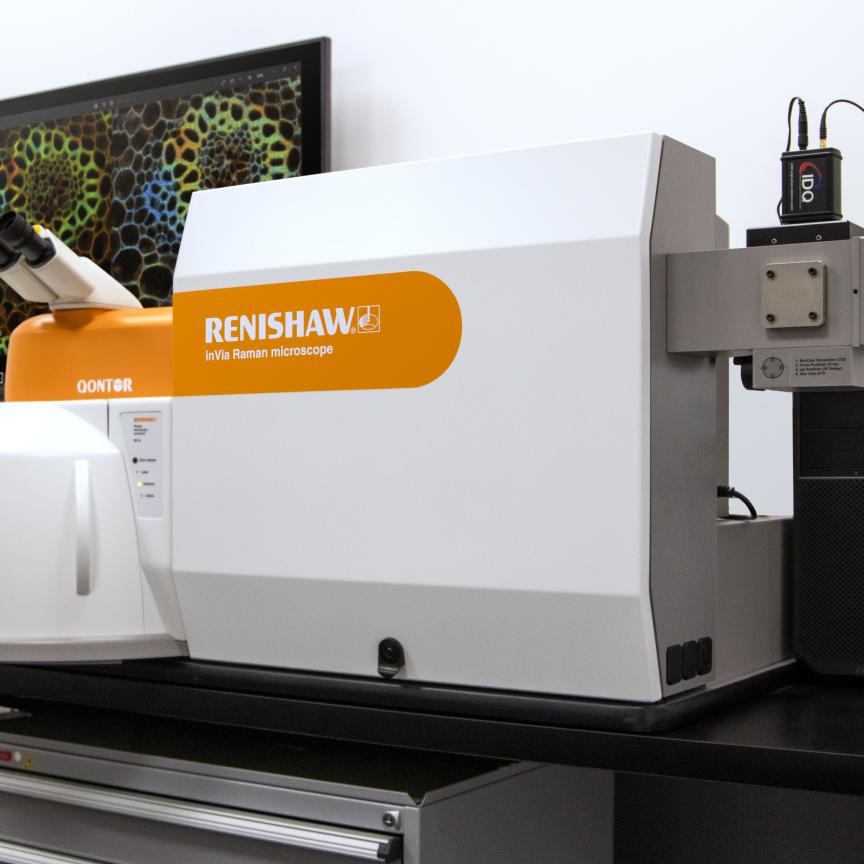Scientists at Oxford University have developed a sensor made of a sapphire optical fibre able to tolerate extreme temperatures.
The sapphire sensor has the potential to improve jet engine efficiency, and also has applications in fusion power generation.
In the work, published in Optics Express, the researchers used a femtosecond laser to write single-mode waveguides with Bragg gratings in a sapphire fibre.
Fibre Bragg grating (FGB) sensors are used for remote monitoring of critical infrastructure, with silica optical fibre generally used. However, the operational temperature range of silica FBGs is constrained to less than 1,000°C, with significant wavelength drift above 900°C.
Sapphire fibres can withstand temperatures greater than 2,000°C, but, until now, single-mode waveguides had not been written in sapphire.
Research team member, Dr Mohan Wang, Department of Engineering Science, University of Oxford, said: ‘The sensors are fabricated using a high-power laser with extremely short pulses and a significant hurdle was preventing the sapphire from cracking during this process.’
The initial demonstration was on a short length of sapphire fibre 1cm long, but the researchers predict that lengths of up to several metres will be possible, with a number of separate sensors along this length.
This would enable temperature measurements to be made throughout a jet engine, for example. Using this data to adapt engine conditions in-flight has the potential to reduce nitrogen oxide emissions and improve overall efficiency, reducing the environmental impact. The sapphire’s resistance to radiation also gives applications in the space and fusion power industries.
The work is part of a £1.2m EPSRC Fellowship Grant held by Dr Julian Fells at the University of Oxford’s Department of Engineering Science, and was carried out in partnership with Rolls-Royce, the UK Atomic Energy Authority (Remote Applications in Challenging Environments – RACE), Cranfield University, Halliburton and MDA Space and Robotics.
Mark Jefferies, chief of university research liaison at Rolls-Royce, said: ‘This is exciting news and yet another important scientific achievement resulting from our long-standing partnership with Oxford University. This fundamental research could in time enable more efficient and accurate multi-point temperature measurement in harsh environments, improving control, efficiency, and safety. We look forward to working with the University of Oxford to explore its potential.’
Rob Skilton, head of research at RACE, UK Atomic Energy Authority, said: ‘These sapphire optical fibres will have many different potential applications within the extreme environments of a fusion energy power plant. This technology has the potential to significantly increase the capabilities of future sensor and robotic maintenance systems in this sector, helping UKAEA in its mission to deliver safe, sustainable, low carbon fusion power to the grid.’

